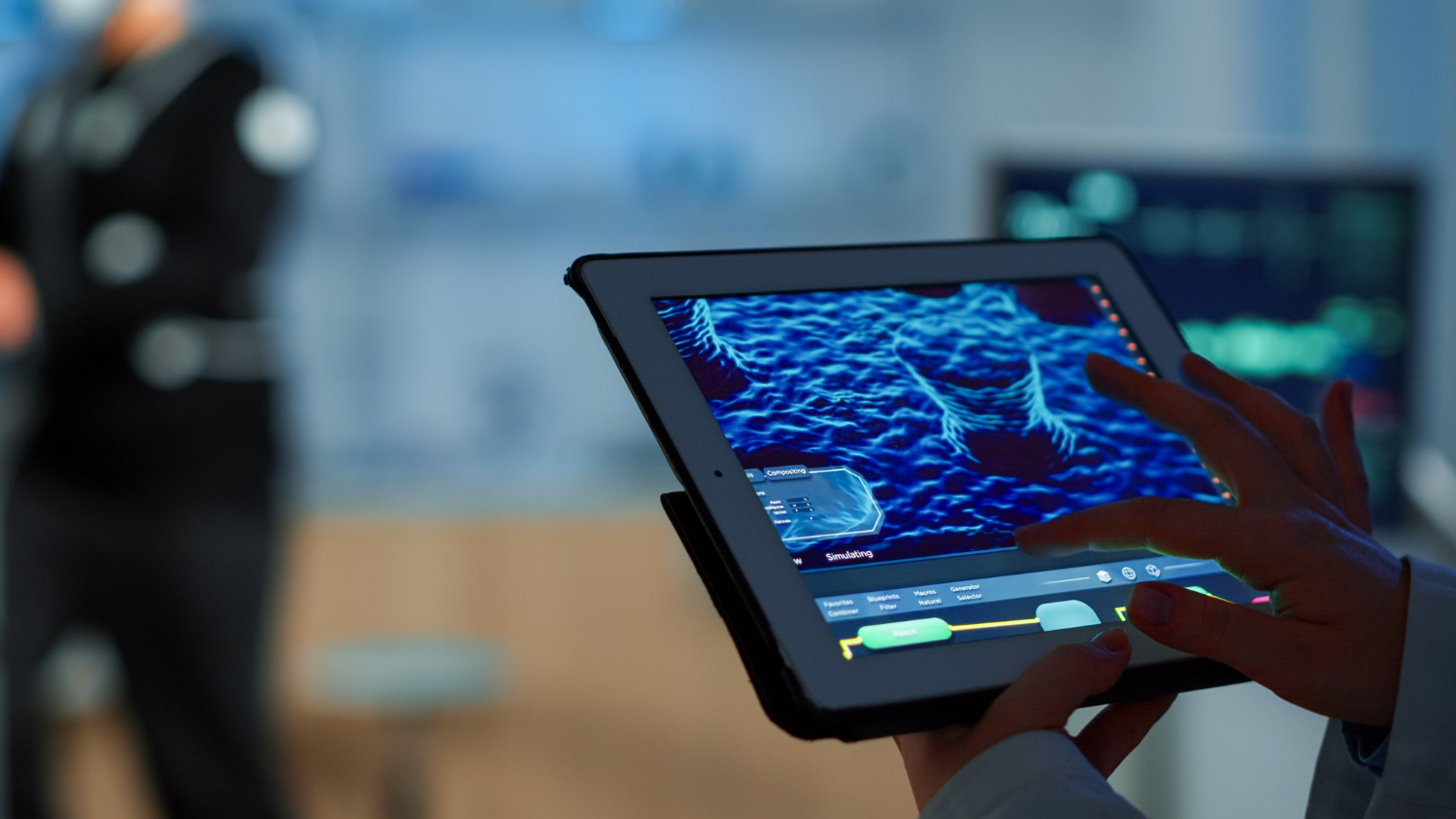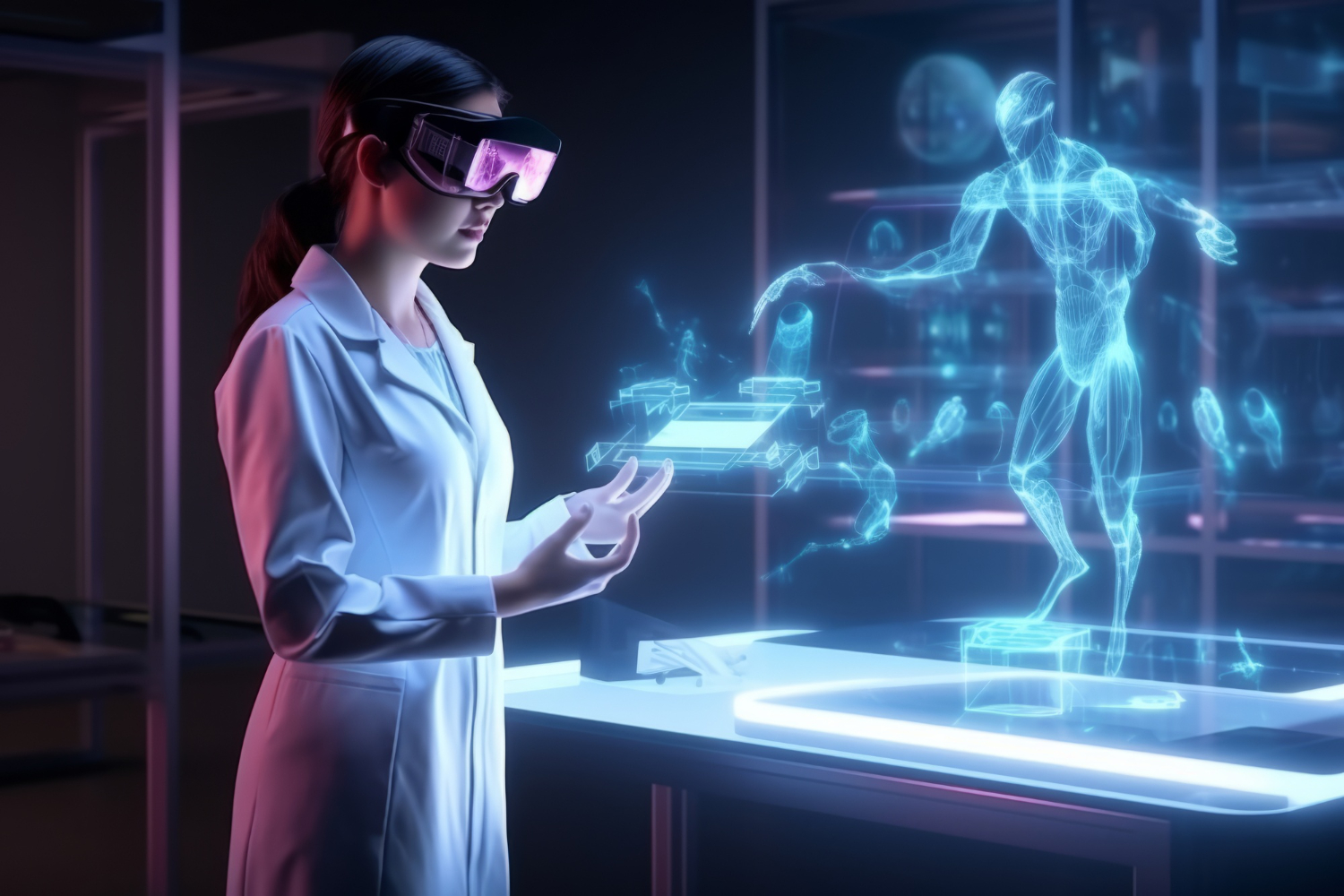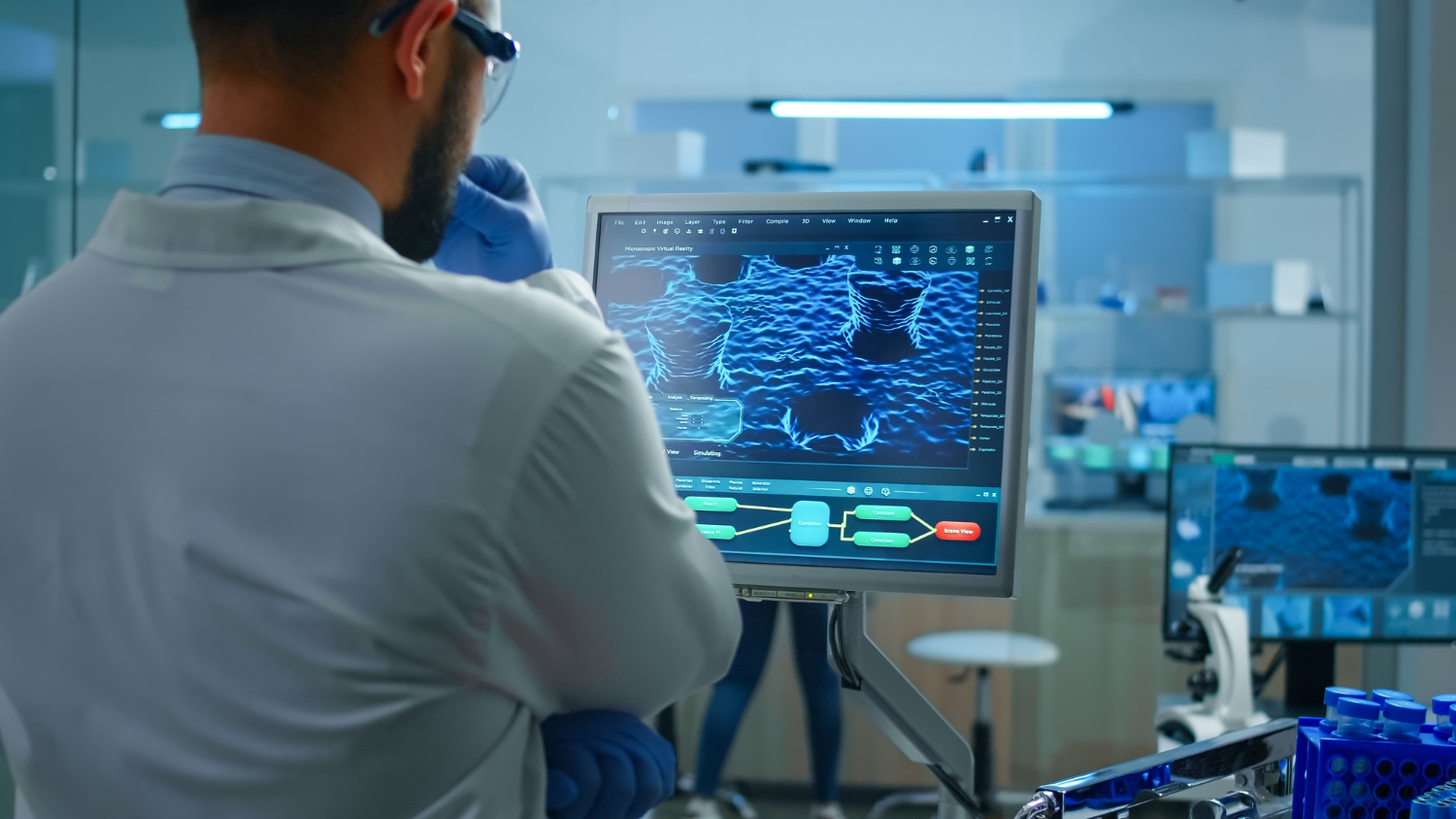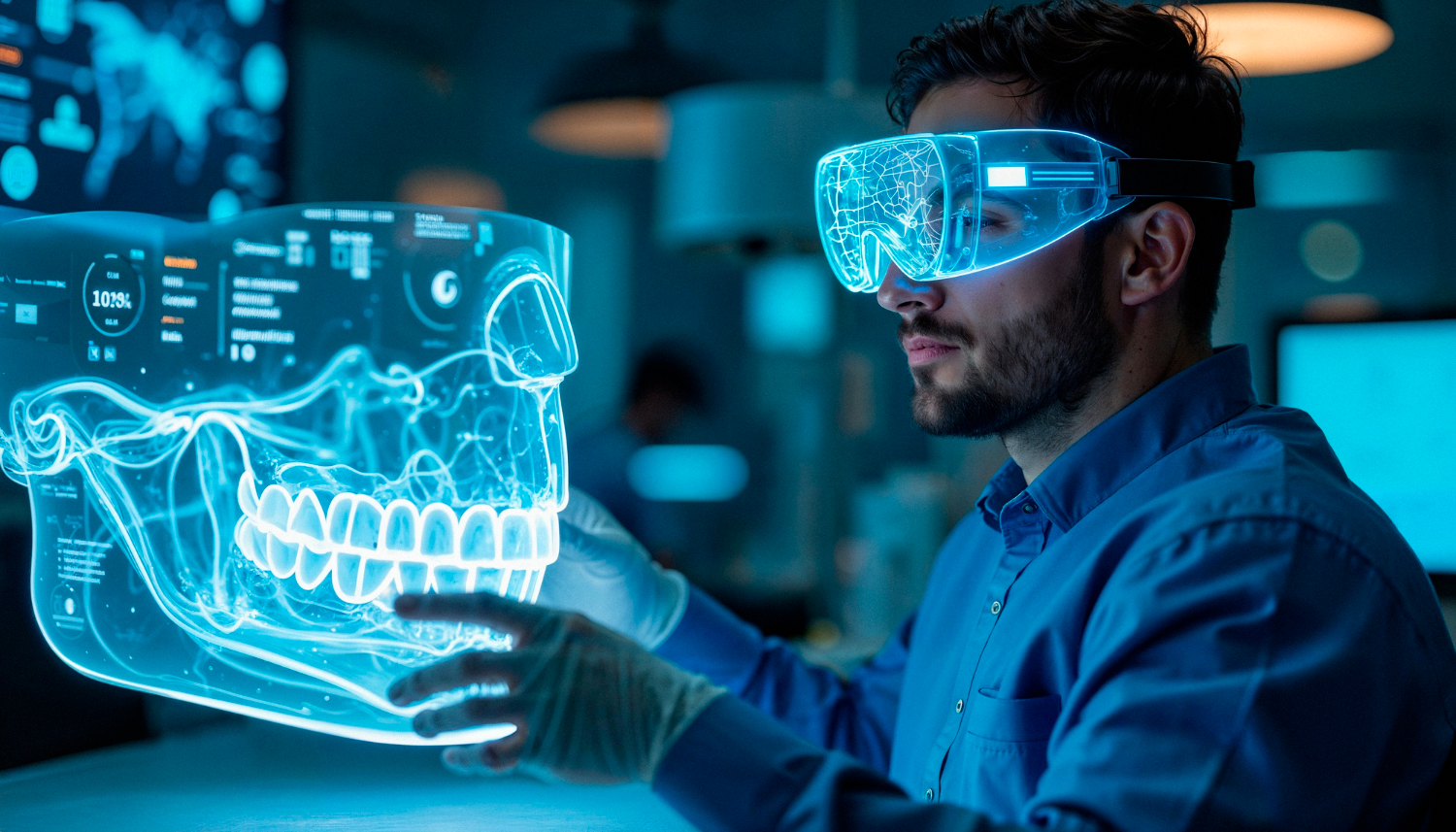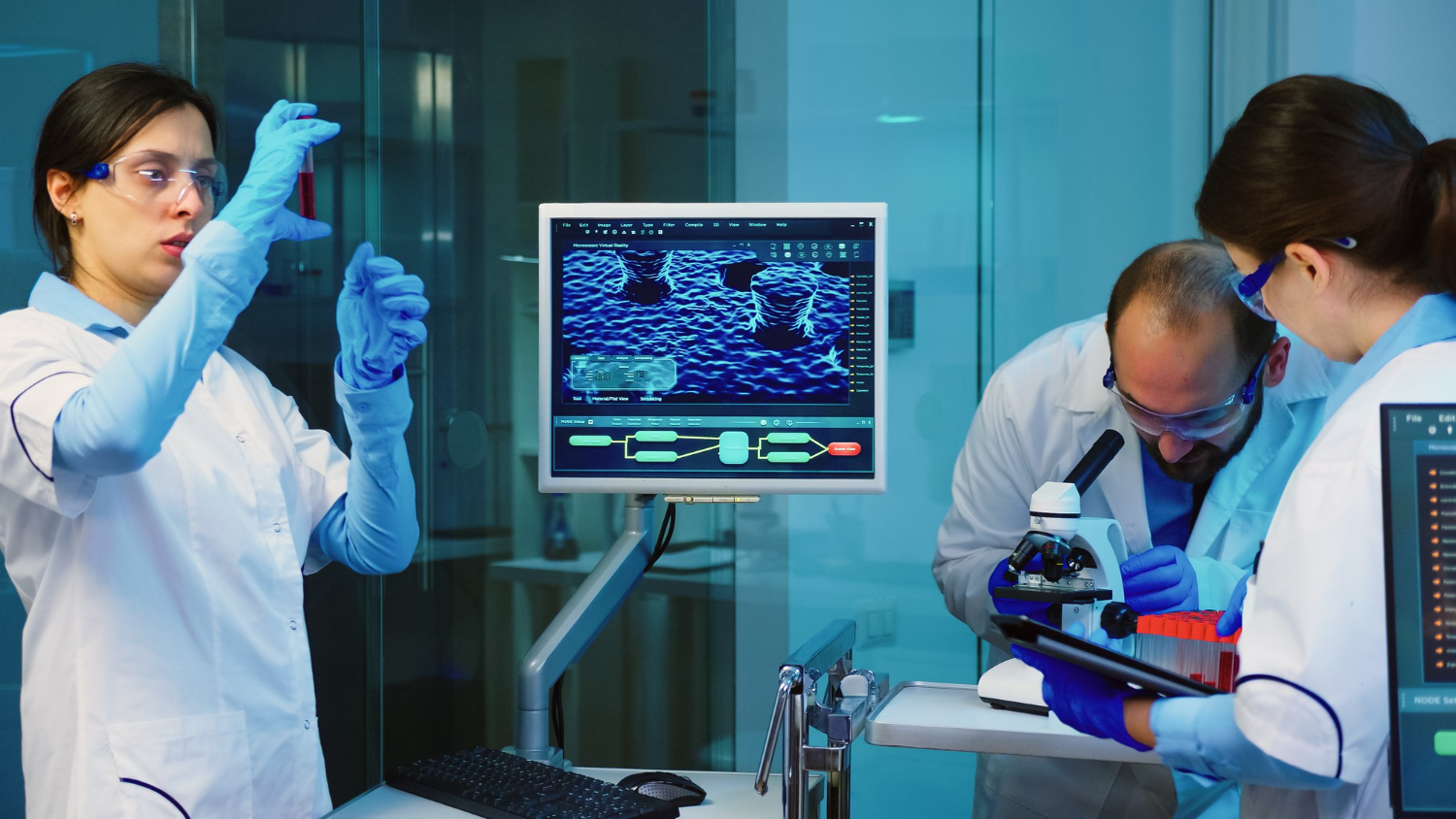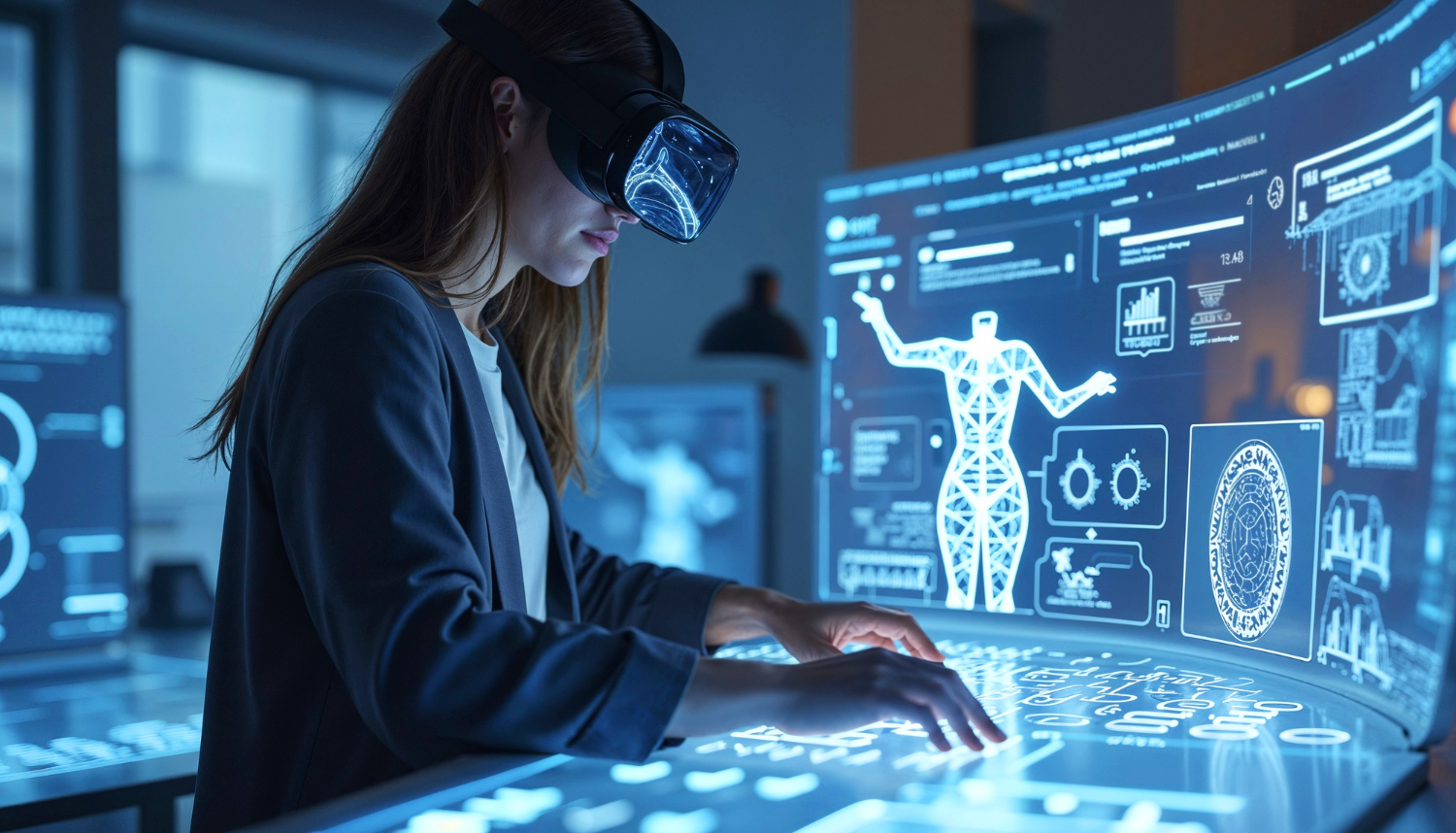Life sciences research is changing fast. Scientists need tools that can process complex data quickly and accurately. Visual computing is one of these tools.
It combines advanced graphics, imaging, and data processing to make sense of biological information. Real-time analysis is now possible, and this is improving research and clinical decisions.
What Is Visual Computing in Life Sciences?
Visual computing means using computer graphics and imaging to process and display data. In life sciences, this includes analysing medical images, molecular structures, and biological systems. Researchers can see complex patterns and relationships that were hard to understand before.
Real-time processing is a key feature. It enables scientists to view and analyze data as they generate it. This is important in areas like genomics, drug development, and diagnostics. Quick decisions can save time and improve outcomes.
Why Real-Time Matters
Life sciences often deal with large data sets. Imaging systems produce thousands of images in a short time. Without real-time analysis, researchers must wait for results. This slows down progress and increases costs.
Real-time visual computing changes this. It processes data instantly and shows results on screen. Scientists can adjust experiments or clinical procedures without delay. This improves efficiency and reduces errors.
In clinical settings, real-time analysis can help doctors make faster decisions. For example, during surgery, imaging systems can provide immediate feedback. This supports better outcomes for patients.
Read more: AI-Driven Aseptic Operations: Eliminating Contamination
Applications in Research and Development
Visual computing supports many areas of life sciences. In drug development, it helps researchers model molecular structures. They can see how a drug interacts with a target protein. This speeds up the design of new medicines.
In genomics, visual computing helps display complex genetic data. Researchers can identify patterns linked to diseases. Real-time analysis means they can test hypotheses quickly and move to the next stage faster.
Medical imaging is another major area. Techniques like MRI and CT scans produce detailed images. Visual computing processes these images and highlights areas of concern. Doctors can make decisions without waiting for manual analysis.
Improving Accuracy and Reducing Errors
Accuracy is critical in life sciences. A small mistake can lead to wrong conclusions or harm patients. Visual computing improves accuracy by automating analysis. It reduces the risk of human error and ensures consistent results.
Real-time systems also allow immediate checks. If something looks wrong, scientists can act at once. This prevents wasted time and resources. It also improves confidence in the results.
Read more: AI Visual Quality Control: Assuring Safe Pharma Packaging
Supporting Collaboration and Communication
Life sciences projects often involve teams across different locations. Visual computing makes collaboration easier. Researchers can share real-time visualisations and discuss findings instantly. This speeds up decision-making and keeps projects on track.
Visual tools also help communicate complex ideas. A clear image or model is easier to understand than a long report. This is useful for explaining results to stakeholders or regulatory bodies.
Business Impact and Strategic Advantages
Visual computing technologies offer significant benefits for companies operating in life sciences. These tools improve efficiency across research, development, and production workflows. Real-time analysis reduces delays and helps teams make faster decisions.
This means shorter project timelines and quicker delivery of new products to market. For pharmaceutical firms, this speed can translate into a competitive advantage, especially when working on treatments for urgent health needs.
Companies also gain better resource management. Automated visual computing systems reduce the need for manual checks and repetitive tasks. This lowers operational costs and frees skilled staff to focus on high-value work.
Improved accuracy in imaging and modelling reduces errors that could lead to costly rework or regulatory issues. Compliance becomes easier because visual computing systems generate detailed records that meet strict industry standards.
Collaboration is another area where these technologies make a difference. Teams in different locations can share real-time visualisations and data models. This supports global projects and strengthens partnerships. Clear visual outputs also improve communication with regulators and investors, making complex findings easier to understand.
For businesses, adopting visual computing is not just about technology—it is about strategy. It positions companies as innovators and builds trust with clients and stakeholders. TechnoLynx helps organisations achieve these goals by providing tailored solutions that integrate seamlessly into existing workflows. Our systems deliver real-time insights, improve accuracy, and support compliance, giving companies the tools they need to succeed in a competitive market.
Read more: AI for Reliable and Efficient Pharmaceutical Manufacturing
Challenges and Future Trends
Visual computing in life sciences is growing, but challenges remain. Large data sets require powerful hardware and efficient algorithms. Real-time processing needs reliable systems that can handle heavy workloads.
Future trends include more integration with artificial intelligence (AI). AI can help interpret visual data and suggest next steps. This will make visual computing even more useful in research and clinical practice.
Cloud-based solutions are also becoming popular. They allow teams to access visual computing tools without expensive local hardware. This makes advanced analysis more accessible to smaller organisations.
TechnoLynx: Helping Life Sciences Move Forward
TechnoLynx provides advanced visual computing solutions for life sciences. Our systems process complex data in real time, helping researchers and clinicians make faster decisions. We support applications in drug development, genomics, and medical imaging.
Our solutions improve accuracy and reduce errors by automating analysis. They also make collaboration easier with clear visualisations and instant data sharing. TechnoLynx works with clients to design solutions that fit their needs and preferences.
We help life sciences organisations stay ahead by offering reliable, cost-effective visual computing systems. Our goal is to make research and clinical work faster, safer, and more efficient.
Contact us now to start collaborating!
Read more: Barcodes in Pharma: From DSCSA to FMD in Practice
References
-
Brown, T. (2024) ‘Visual computing in life sciences: Real-time applications’, Journal of Biomedical Informatics, 68(3), pp. 45–52.
-
European Medicines Agency (2023) ‘Guidelines on imaging and data analysis in clinical trials’.
-
Patel, R. and Singh, A. (2022) ‘Real-time visual computing for drug development’, Pharmaceutical Technology Europe, 36(2), pp. 18–23.
-
Image credits: DC Studio. Available at Freepik

